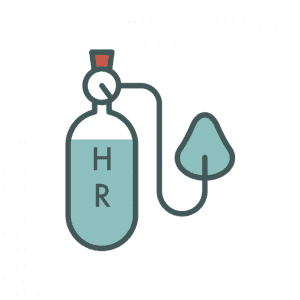As the Furlough schemes comes to an end on the 30th September, find out what you need to do if you still have staff that are furloughed.
How does furlough work, and how is it changing?
Furlough was introduced in spring 2020, to stop people being laid off by their employers during lockdown. The government initially paid 80% of the wages of people who couldn’t work, or whose employers could no longer afford to pay them, up to a monthly limit of £2,500. Employers have to pay pension and National Insurance contributions.
In July 2021 employers were required to pay 10% of salaries, with the government’s contribution falling to 70%. In August and September, the government’s contribution will reduce further and the government will pay 60% and employers will pay 20%.
The monthly limit of £2,500 will stay in place, so workers will not notice the difference. But by making furlough more expensive for employers, the government hopes to encourage employers to take workers back full-time if they can.
What does furlough cost?
The government says 11.6 million jobs have been supported since the scheme began.
From March 2020 to the end of September 2021, the cost of furlough to the government will come to about £66bn, according to estimates from the Office for Budget Responsibility.
However, the scheme has undoubtedly helped to save millions of jobs. At the start of the pandemic, it was feared that more than one in 10 workers would become unemployed.
Instead, the unemployment rate is currently less than one in 20.
So, what’s the cost to me as an employer over the next few months?
The Institute for Fiscal Studies says the bill for employers keeping a member of staff on furlough will rise from £155 per month in June, to £322 in July and £489 in August and September.
The scheme, which has protected millions of jobs, is due to close at the end of September and according to the most recent figures published on the 30th June:
- About 1.9 million were still on furlough (down from a peak of 5.1m in January)
- About 28% of employers had staff on furlough, down from 30% at the end of May
- There are now more men on furlough than women (960,000 men versus 880,000 women)
- The accommodation and food services sector saw the biggest reduction in the number of jobs on furlough in June (down 291,900)
- Arts and entertainment saw the highest rate of jobs being put on furlough in June
What will happen if I still have staff who are furloughed?
The scheme continues until 30 September. As the economy opens up, the government hopes that most furloughed workers will be able to return to work. If you are unable to take employees back who are furloughed, you will have to consider what other options you may have before you make any staff redundant. This needs the advice of an HR expert, so if you find yourself in this unfortunate position, then book yourself a FREE no obligation chat with either Emma or Rachel to understand what options you have and if you have to make redundancies, that you are following the correct procedures.
Book a call with Emma Browning
Book a call with Rachel Sherson





















